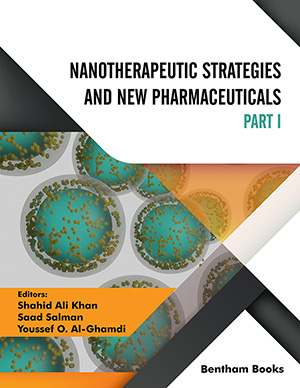Abstract
SHS investigation development is considered from the geographical and historical viewpoint. 3 stages are described. Within Stage 1 the work was carried out in the Department of the Institute of Chemical Physics in Chernogolovka where the scientific discovery had been made. At Stage 2 the interest to SHS arose in different cities and towns of the former USSR. Within Stage 3 SHS entered the international scene. Now SHS processes and products are being studied in more than 50 countries.
Abstract
Nanotechnology encompasses the production of materials at the nanoscale level and has been applied to many fields, including medicine. Within nanoscale ranges, the physical properties of particles are dominated by quantum mechanics, thus resulting in chemical behaviours that are distinct from that of bulk substances. Nanobased therapeutics and medical devices take advantage of these specific properties in order to better image and model the underlying biochemical and biophysical changes in a system, especially in diseases that progress over time. More specifically, advances in stem cell research have been aided by the use of nanoscale materials, enabling scientists to enhance stem cell behaviours for precise gene editing, regenerative medicine, and drug delivery. The interdisciplinary application of nanotechnology has great potential in clarifying the fundamentals of stem cell biochemistry, thus accelerating the development of future regenerative therapies.
Keywords:
Chemical Behaviour, Nanomaterials, Nanotechnology, PhysicalProperties, Regenerative Medicine, Stem Cells.
Recommended Chapters
We recommend

Authors:Bentham Science Books






